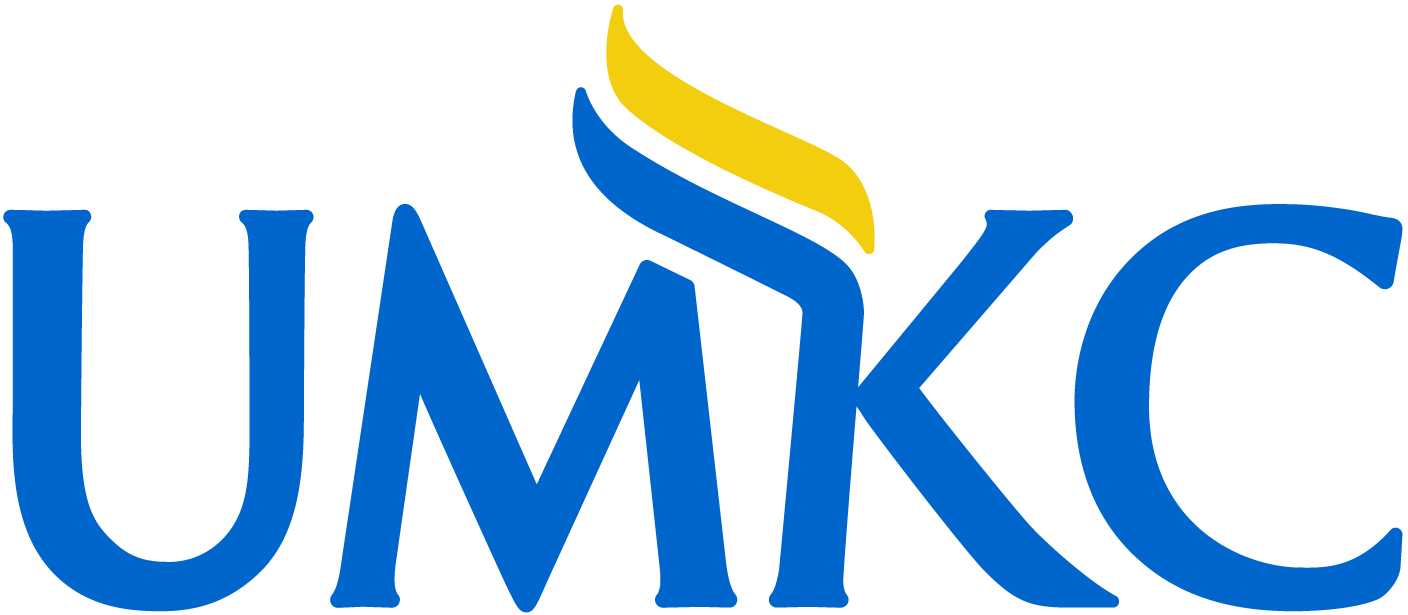The mission of the Society for Craniofacial Genetics and Developmental Biology (SCGDB) is to promote education, research, and communication about normal and abnormal development of the tissues and organs of the head. The SCGDB welcomes as members undergraduate students, graduate students, postdoctoral researchers, medical and dental practitioners, scientists, and academicians who possess an interest in craniofacial biology. Each year our members come together to share their novel findings, build upon, and challenge current knowledge of craniofacial biology.
Publications by Year: 2019
2019
Cleft lip with or without cleft palate (CL/P) is generally viewed as a complex trait with multiple genetic and environmental contributions. In 70% of cases, CL/P presents as an isolated feature and/or deemed nonsyndromic. In the remaining 30%, CL/P is associated with multisystem phenotypes or clinically recognizable syndromes, many with a monogenic basis. Here we report the identification, via exome sequencing, of likely pathogenic variants in two genes that encode interacting proteins previously only linked to orofacial clefting in mouse models. A variant in GDF11 (encoding growth differentiation factor 11), predicting a p.(Arg298Gln) substitution at the Furin protease cleavage site, was identified in one family that segregated with CL/P and both rib and vertebral hypersegmentation, mirroring that seen in Gdf11 knockout mice. In the second family in which CL/P was the only phenotype, a mutation in FST (encoding the GDF11 antagonist, Follistatin) was identified that is predicted to result in a p.(Cys56Tyr) substitution in the region that binds GDF11. Functional assays demonstrated a significant impact of the specific mutated amino acids on FST and GDF11 function and, together with embryonic expression data, provide strong evidence for the importance of GDF11 and Follistatin in the regulation of human orofacial development.
OBJECTIVES: The purpose of our study was to determine morphological changes and bone mineral density (BMD) differences in the adult mandible of offspring exposed to high calcium, low phosphorus diets in utero until weaning age.
MATERIALS AND METHODS: Time-mated FVB wild-type mice were fed normal or experimental diet during gestation and until weaning of offspring. Experimental diet contained 3-fold increase in calcium and 3-fold decrease in phosphorus compared to normal diet. Adult mandibles of offspring exposed to experimental diet were sacrificed and heads scanned using micro-computed tomography. Three-dimensional 3D geometric morphometric analysis GMA was utilized to detect morphological changes to the mandible including the condyle.
RESULTS: Experimental females showed the greatest morphological differences including shortened mandibular ramus width and height, shortened mandibular body length and height, a wider but shortened condylar neck and a wider condylar head in the lateral-medial direction. Experimental male mandibles trended towards increased mandibular body height and length, opposite the changes observed in experimental female mandibles, whereas condyles were similar to that observed in experimental females. Bone mineral density (BMD) was lowered in experimental females.
CONCLUSION: Increased calcium and decreased phosphorus levels led to a retrognathic mandible associated with lowered BMD in experimental females, whereas experimental showed partly opposite effects. Further studies are required to understand the mechanism underlying diet- and gender-specific differences in mandibular morphology.
Although hundreds of cytosolic or transmembrane molecules form the primary cilium, few secreted molecules are known to contribute to ciliogenesis. Here, homologous secreted metalloproteases ADAMTS9 and ADAMTS20 are identified as ciliogenesis regulators that act intracellularly. Secreted and furin-processed ADAMTS9 bound heparan sulfate and was internalized by LRP1, LRP2 and clathrin-mediated endocytosis to be gathered in Rab11 vesicles with a unique periciliary localization defined by super-resolution microscopy. CRISPR-Cas9 inactivation of ADAMTS9 impaired ciliogenesis in RPE-1 cells, which was restored by catalytically active ADAMTS9 or ADAMTS20 acting in trans, but not by their proteolytically inactive mutants. Their mutagenesis in mice impaired neural and yolk sac ciliogenesis, leading to morphogenetic anomalies resulting from impaired hedgehog signaling, which is transduced by primary cilia. In addition to their cognate extracellular proteolytic activity, ADAMTS9 and ADAMTS20 thus have an additional proteolytic role intracellularly, revealing an unexpected regulatory dimension in ciliogenesis.
